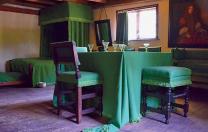Long before Home Depot, Target, and pizza places arrived on Route 1, the land was submerged under a 230-acre waterway that powered the Saugus Iron Works. That testament to early American ingenuity and hard labor opened in 1647, and throughout the next two decades produced pots and kettles, fire backs, salt pans, and all sorts of hardware—for ships, farms, and the military—that was crucial to the Massachusetts Bay Colony’s early survival and success, and even to the future industrialization of the entire region.
Today, a meticulous recreation of the original buildings and ironworks, based on an archaeological dig begun in the late 1940s, sits along a bucolic stretch of the Saugus River. Visitors can roam the nine-acre national historic site and explore the blast furnace, which has two leather-and-wood bellows, each the size of an SUV, powered by a 16-foot waterwheel. There’s also a forge with three hearths, where cast iron was refined and shaped, along with a rolling and slitting mill that produced iron bars used by local blacksmiths. “The industries we know New England for, fishing, timbering, shipbuilding,” supervisory park ranger Curtis White said, “were all possible because of the ability to make iron.”
A museum explains the ironworks’ history, displays artifacts, and highlights the 1948-1953 excavation by a private group that ran the site as a museum until it became a national park in 1968.
At its peak, the ironworks utilized at least 600 acres, including dammed sections of the Saugus River, which runs 13 miles from Lake Quannapowitt in Wakefield, Massachusetts, out to Broad Bay and Lynn, not far from Nahant. Critical was a large holding pond above the works, from which water was funneled by gravity to propel as many as 10 waterwheels working simultaneously.
“This was a massive undertaking,” ranger Paul Kenworthy noted during a recent tour. About 100 people worked there; most were non-Puritans and lived in nearby Hammersmith village, which was developed by the ironworks’ owners, making it perhaps the first “factory town” in the country. Skilled ironworkers recruited from England eventually started families in the community; by 1651, they’d been joined by about 35 indentured servants: Scottish soldiers defeated and captured during the Battle of Dunbar in the English Civil War, who were sent to the new colony to work as wood-cutters, colliers, and general laborers.
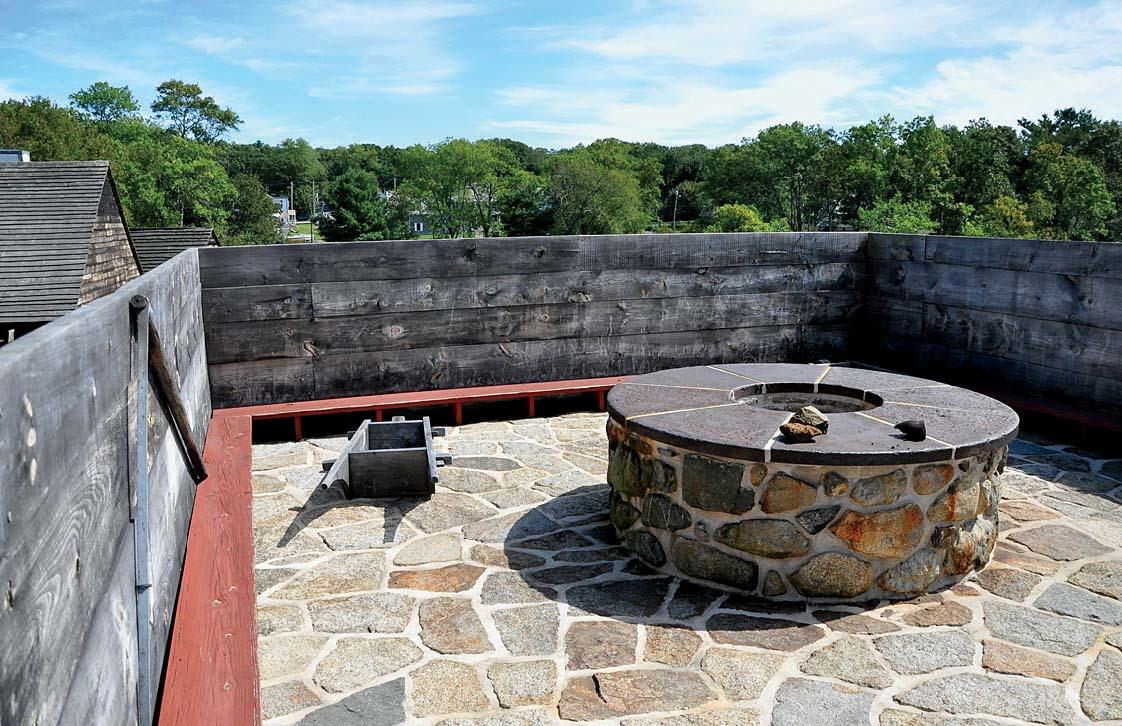
Iron-making began on site when workers poured raw materials into the “charge hole.”
Photographs courtesy of the National Park Service
Iron-making was, and still is, a dangerous, dirty, and grueling process. The first step was to gather tons of raw materials from around the region—charcoal, bog iron, and gabbro (igneous rock used as flux, a material that separates impurities from the ore)—and transport them to the works by horse-drawn carts and boats. Then, Kenworthy explained, the furnace would run “24 hours a day, seven days a week, for 30 or 40 weeks, at 3,000 degrees Fahrenheit, from the spring through the fall, until the stone lining of the furnace would just crumble from being burned. Then they’d build it all back up again and start over in the spring.”
The charcoal came from virgin timber that was slow-burned by colliers for up to two weeks before it was ready. The bog-iron ore was hand-dug from marshes and pond-bottoms in Saugus, Lynn, and the South Shore towns of Weymouth and Hingham. The gabbro, a local improvement over the limestone used in England, came from the Nahant coastline. Once the furnace, oxygenated by the huge bellows, was hot enough, all three materials were dumped into the “charge hole”—the opening at the top of a stack over the furnace.
“Everything melted together, and then separated into layers at the bottom of the furnace,” according to White. The impurities, or slag, once coalesced by the gabbro, floated on top of the molten iron and were tapped off. The slag was thrown into a pile still visible to visitors, even though it’s overgrown with grass. The molten iron was tapped and cast into molds to make usable objects and “pigs,” ingots of a high-carbon, intermediate form of iron.
At the forge, the pigs were further refined into wrought iron, and turned into “merchant bars” that were cut at the mill and shipped to blacksmiths to shape and use as needed. Credible figures of the Saugus works’ volume do not exist, White said, although a 1640s document notes that it was a ton of iron a day, and a 1653 document reports 250 tons a year. “But it’s very possible that those books were cooked,” he added, “and a lot of the payments and products were made under the table.”
At the site, visitors take stairs to and from the charge hole to the pear-shaped furnace that housed the primary fire; the site was built into a hillside not only to facilitate the use of water power but also to accommodate the height of the stack and better insulate the fiery process required to melt the raw materials. The park rangers do not fire the blast furnace, but frequent blacksmithing demonstrations show how the fires and iron-making process worked, and what was produced.
For those interested in other seventeenth-century sites, the nearby Boardman House, built in 1692, owned by Historic New England, is remarkably intact and open only on September 3 and October 1, before it closes for the season. But the Saugus Iron Works site is also simply a beautiful place to see. The river basin is a refuge for birds—great blue herons, egrets, and barn swallows—while picnic tables and benches are scattered around, shaded by old trees, for visitors. There’s even enough open space for Frisbee, White acknowledged—if not played anywhere near the buildings, especially The Iron Works House. (Built from timber felled in 1687 and 1688, the structure was at some point owned by Massachusetts Bay Colony military and government leader Samuel Appleton Jr., who also owned the ironworks site through 1690. But the house was later altered, even before it was bought by preservationist Wallace Nutting, class of 1887.)
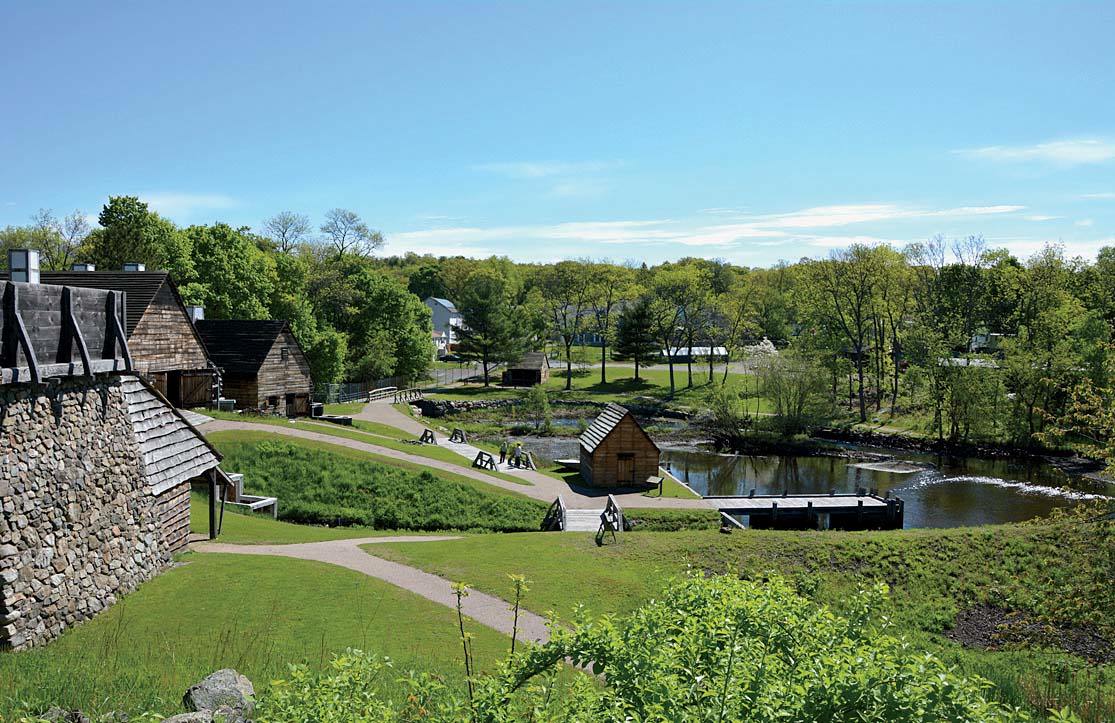
Today, the park's idyllic setting belies the dirty, dangerous work of processing raw materials to produce iron.
Photograph courtesy of the National Park Service
Saugus was actually not the colonists’ first ironworks. A precursor in Braintree was led by John Winthrop the Younger, the son of the first governor of the Massachusetts Bay Colony. He had studied metallurgy and, having found ore deposits around Boston, sailed to England in 1641 and persuaded English merchants and ironmongers to form the Company of Undertakers of the Iron Works in New England. When the Braintree works failed, however, the investors replaced Winthrop with Richard Leader, an engineer who chose the site in Saugus (then called Lynn) instead, because of its superior access to water: the river and the tidal basin, which was used by boats moving goods in and out of docks at the works.
But by the early 1650s, Leader had left and the Saugus works began to falter financially, finally closing in 1668. The ensuing centuries saw other industries on the site: woolen mills and blacksmiths, and then farms, Kenworthy reported. The 1916 restoration of the Iron Works House, thanks partly to community preservationists, and the U.S. steel industry’s interest in discovering and promoting its roots, converged in the 1940s, and a private group ran a site excavation. After three years, the remains of the blast furnace, a waterwheel, a 500-pound hammer head, and other artifacts were found. (Harvard paleobotanist Elso Sterrenberg Barghoorn, Fisher professor of natural history and curator of the University’s plant fossils, treated and conserved most of the wooden objects uncovered.) The site opened as a privately owned museum in 1954.
White said the ironworks was founded “to strengthen the Massachusetts Bay Colony”—and it did. The products literally held the houses, machinery, and equipment of the settlers together. Moreover, its uneven productivity (which led to two declared bankruptcies, in around 1653 and again in 1666), forced its workers to move elsewhere, thereby spreading the “iron-making and blacksmithing technology all over the Northeast, which helped to define the industrial north by the time of the Civil War. The park,” he concluded, “is really about commemorating the ironworks as a national legacy.”
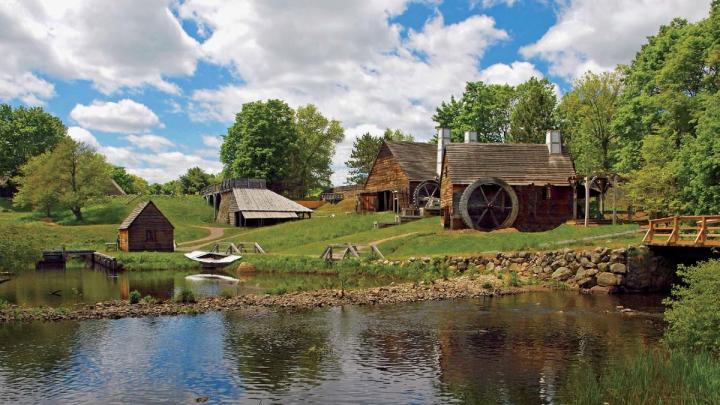
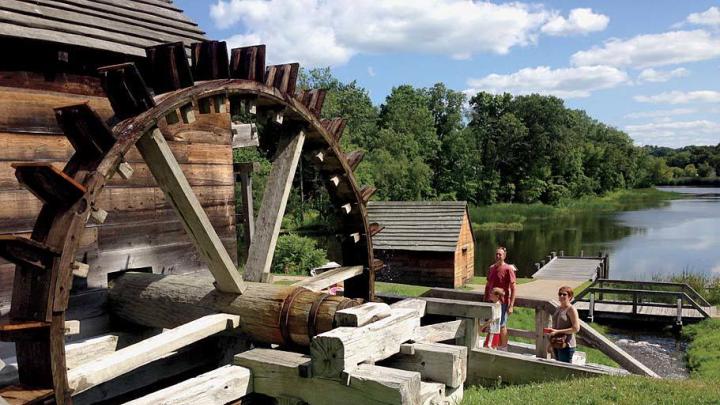
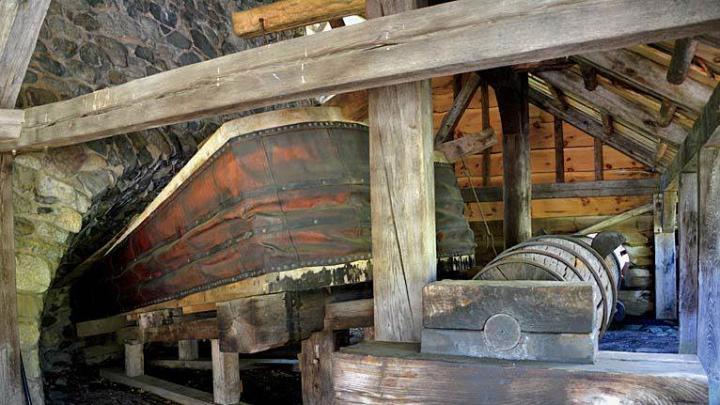
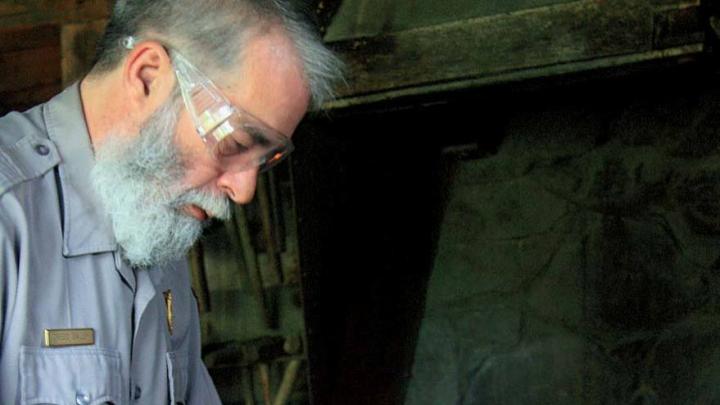
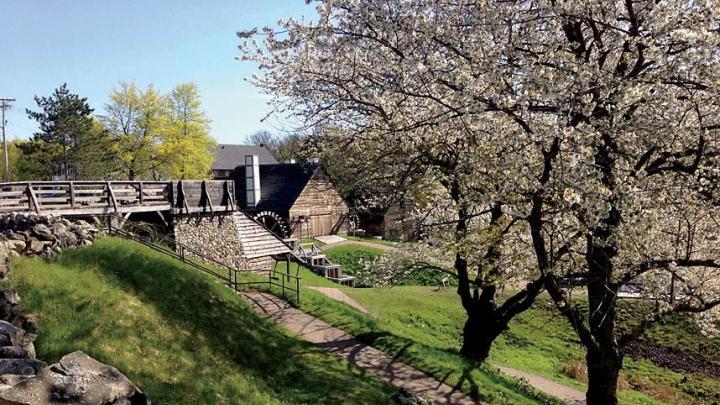
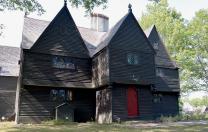 ,
,
